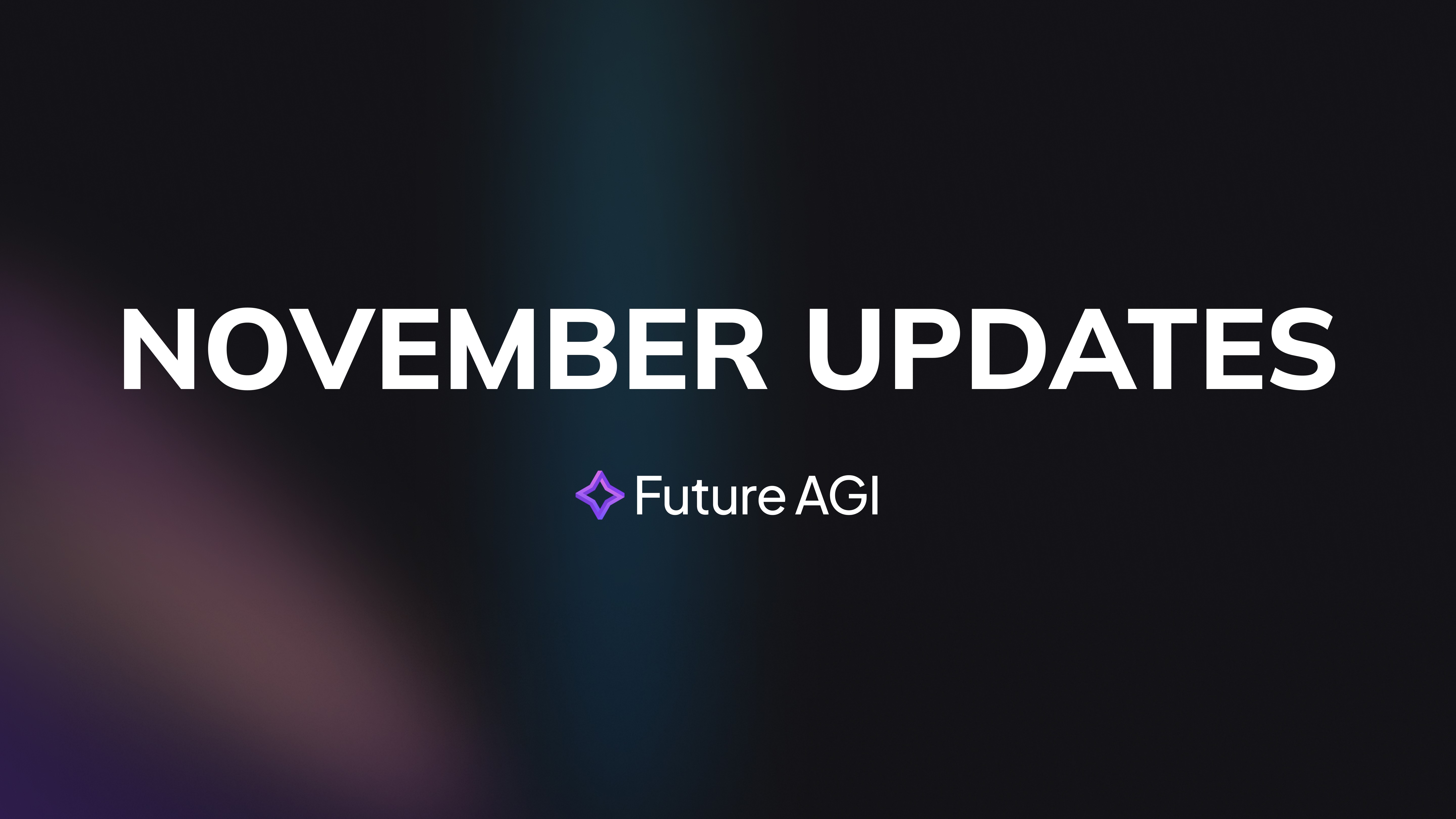Introduction
If you’ve ever worked with Large Language Models (LLMs), you know that their performance hinges on one critical skill: prompt engineering. Whether you’re building a conversational AI, summarizer, or code assistant, the right prompt can make or break your model's output.
But here’s the thing: effective prompt engineering isn’t just about trial and error anymore. With advancements in automation and research-backed techniques, you can systematically improve your prompts to get consistent, high-quality results. Let’s dive into strategies that data scientists, ML developers, AI product owners, and software engineers can use to unlock the full potential of their LLMs.
Why Prompt Engineering Matters More Than Ever
Let’s be honest—prompt engineering might sound simple at first glance: you write a clear instruction, and voila, the model responds. But as you scale use cases and dive into complex tasks, you’ll quickly find that the devil is in the details.
Here’s why it’s crucial:
LLMs are sensitive to wording: Even minor changes in phrasing can drastically impact output quality.
It’s cost-effective: A well-optimized prompt reduces the need for additional computation or fine-tuning.
It drives user satisfaction: For product owners, better prompts translate to better user experiences.
Key Strategies for Effective Prompt Engineering
1. Use Clear, Concise Instructions
LLMs love clarity. Vague prompts lead to vague responses, so be as specific as possible.
Example:
❌ “Explain AI.”
✅ “Explain the concept of Artificial Intelligence in 2-3 sentences, focusing on its applications in healthcare and finance.”
2. Experiment with Role-Based Prompts
Guide the model by assigning it a role or context. This helps the LLM generate more targeted responses.
Example:
“You are a financial analyst. Summarize the key trends in this market report.”
Research shows that role-based prompts reduce randomness in outputs, making them more aligned with user intent.
3. Few-Shot Learning for Complex Tasks
Few-shot learning involves providing examples in the prompt to guide the model’s behavior.
Example:
“Translate the following text into French: ‘Hello, how are you?’ Output: Bonjour, comment ça va? Now translate: ‘Where is the train station?’”
Few-shot learning works wonders for nuanced tasks like sentiment analysis or creative writing.
4. Test with Diverse Inputs
LLMs often perform inconsistently with edge cases or varied inputs. Automate testing with a dataset of diverse examples to evaluate the robustness of your prompts. Tools like LangChain and Hugging Face can streamline this process.
5. Automate Prompt Optimization
Manual trial-and-error is time-consuming and prone to bias. Instead, use automated tools to optimize prompts:
OpenAI’s API Prompt Tuning: Helps refine prompts for specific use cases. Learn more in our blog on Prompt Tuning.
Future AGI’s Experiment Suite: Automates prompt evaluation, scoring outputs on metrics like coherence, relevance, and latency.
Emerging Trends in Automated Prompt Engineering
Recent advancements in prompt engineering are revolutionizing how we work with LLMs:
Dynamic Prompts:
Dynamic systems generate prompts based on user inputs, making interactions more adaptive. Imagine a customer support chatbot that tailors its tone based on user sentiment in real-time. Explore more in our blog on Dynamic Prompts.Reinforcement Learning for Prompts (RLHF):
Techniques like Reinforcement Learning with Human Feedback are being extended to prompt optimization. By continuously fine-tuning prompts based on feedback, models achieve greater alignment with user expectations.AI-Assisted Prompt Writing:
Meta-research suggests that using smaller models to generate and validate prompts for larger LLMs improves consistency and reduces manual effort.
Case Study: How Automated Prompt Engineering Drives Results
Let’s say you’re deploying an LLM for customer support. Your initial prompt is:
“Answer customer questions about product returns.”
Results: Confused responses, irrelevant answers.
Now, you tweak it using Future AGI’s Experiment Suite, testing variations like:
“You are a customer service agent. Politely and clearly answer customer questions about return policies.”
Results: Clarity improves by 30%, latency reduces by 15%. Users rate responses as more helpful and professional.
Balancing Performance and Costs
One of the overlooked aspects of prompt engineering is its impact on operational costs. Overly verbose prompts can:
Increase token usage.
Slow down response times.
Tools like OpenAI’s Token Calculator and Future AGI’s Token Optimizer help balance quality and efficiency, ensuring you get the best output without breaking the bank.








